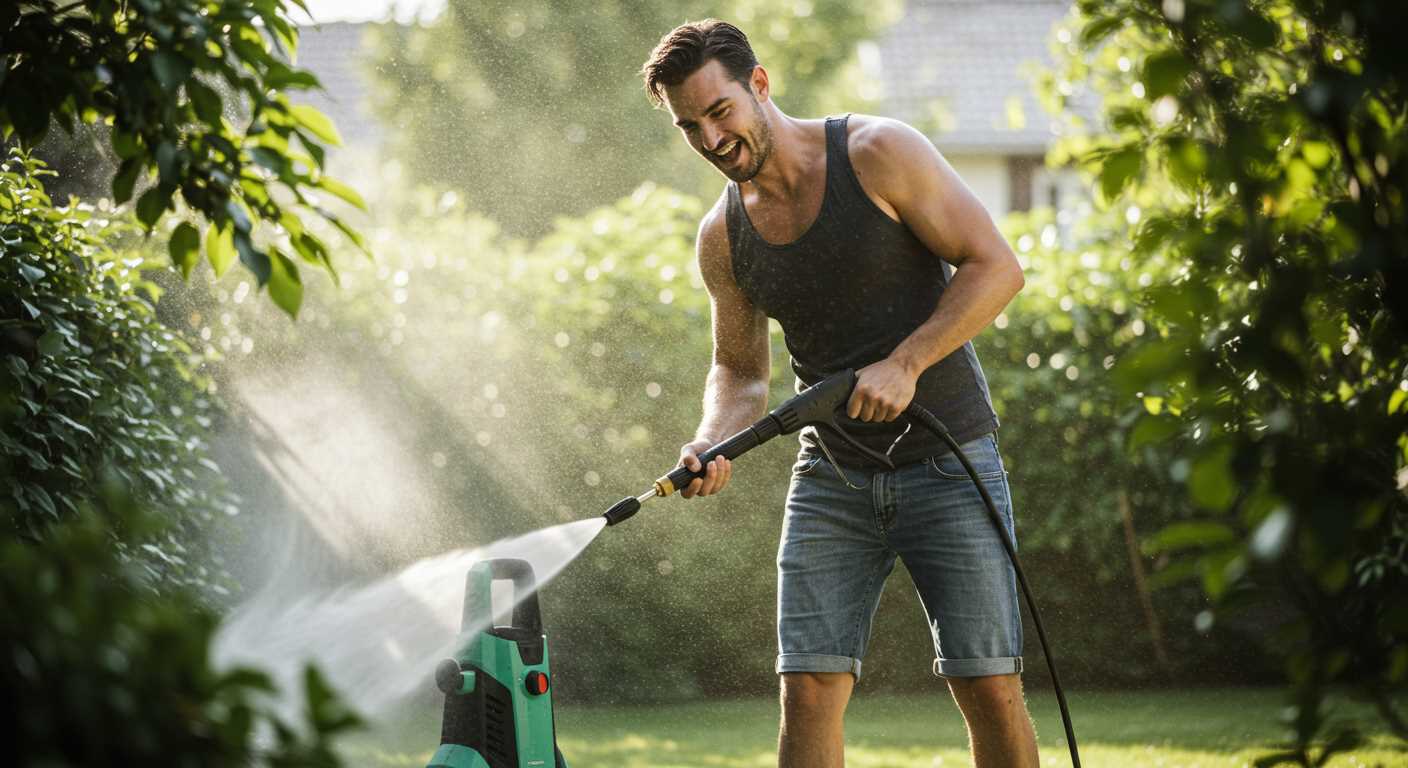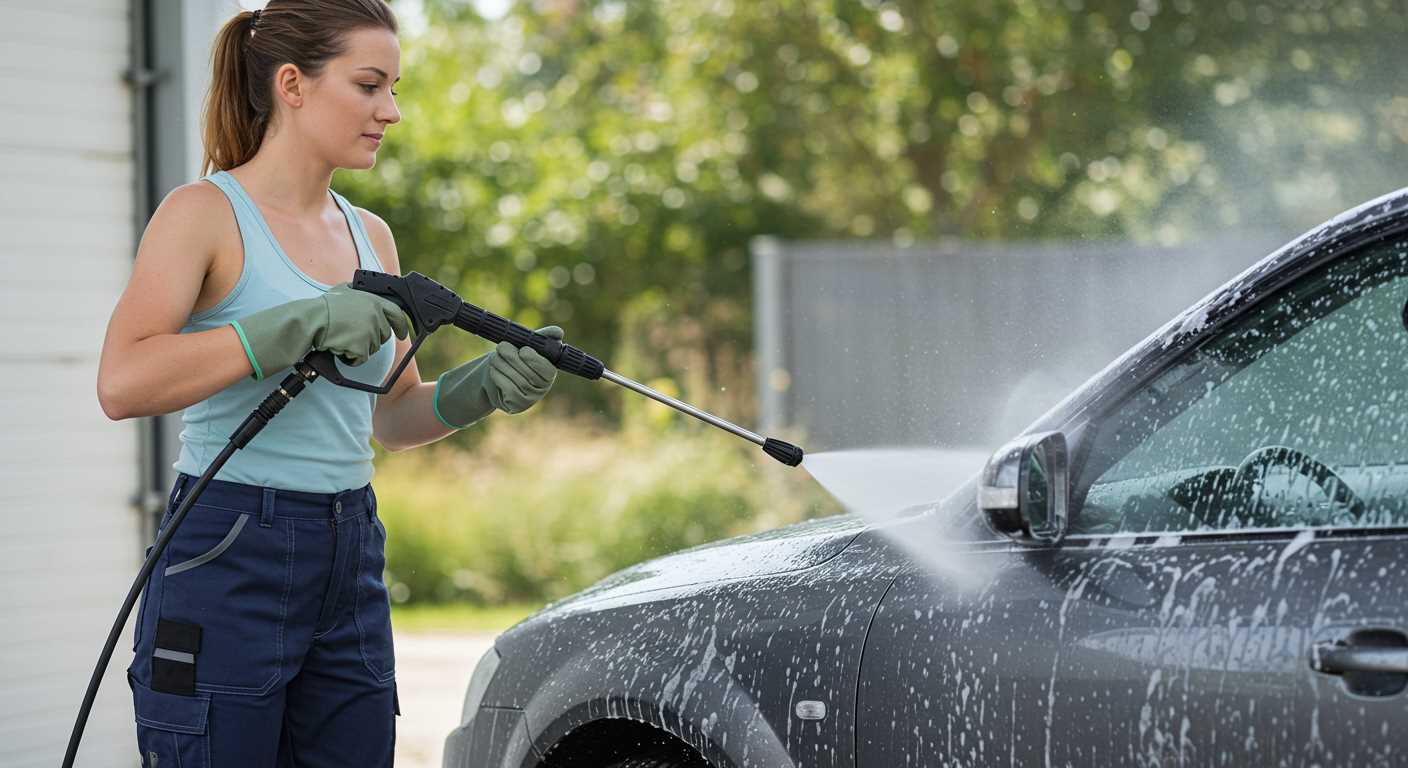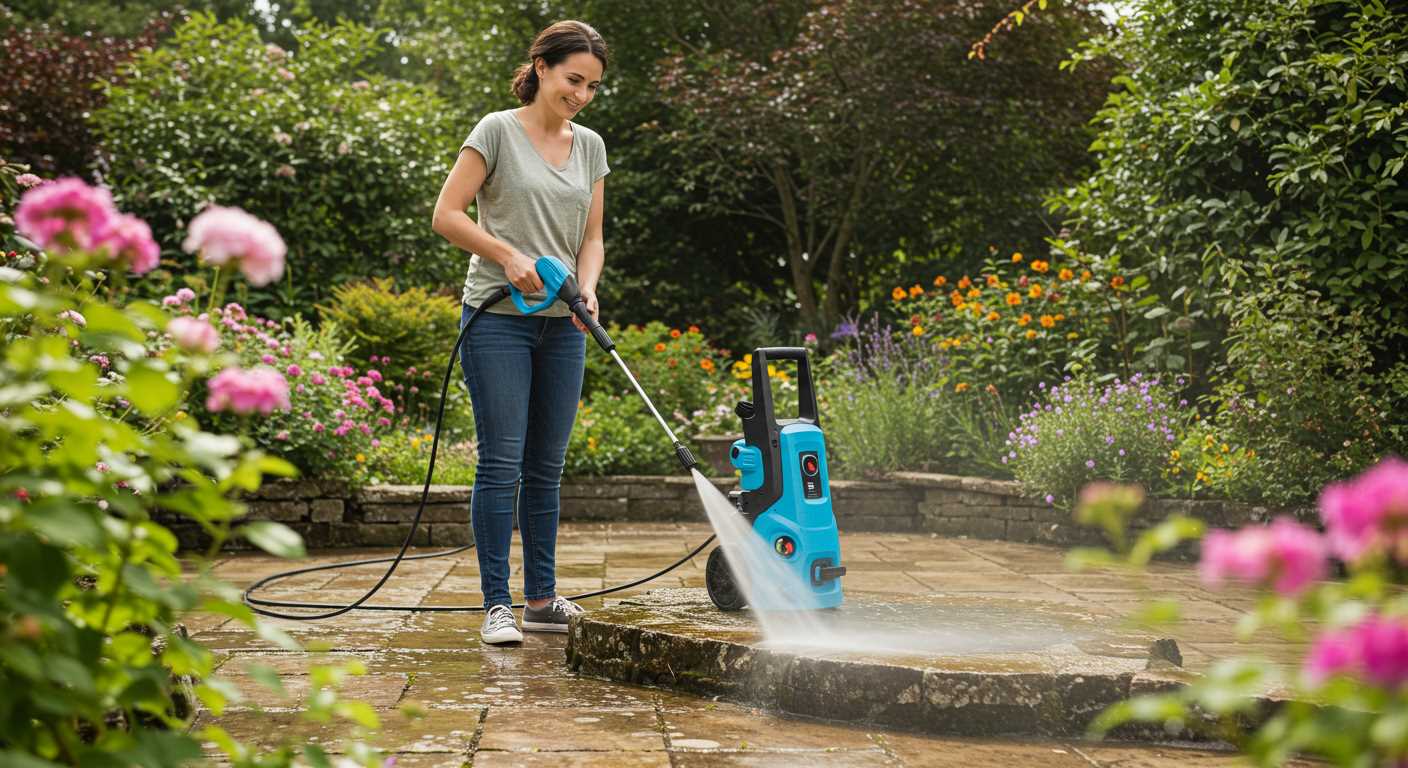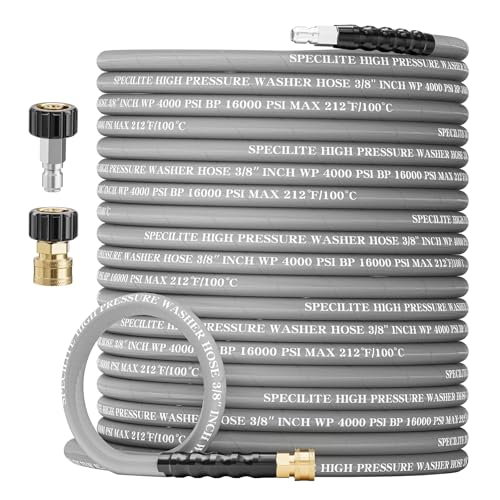

Utilising a mixture of baking soda and vinegar offers a simple yet powerful alternative for reviving your outdoor surface. Combine one cup of baking soda with two cups of vinegar in a bucket. This combination creates a fizzing action that helps lift entrenched stains while providing a gentle abrasive action.
Apply the mixture generously to the area, ensuring it covers the entirety of the affected spots. Allow it to sit for about 30 minutes to penetrate and break down grime. Afterward, use a stiff-bristled brush to scrub the area, using circular motions to maximise the effectiveness. Rinse thoroughly with water to reveal a noticeably brighter appearance.
For more stubborn marks, consider incorporating dish soap into the procedure. Mixing a few drops of liquid soap with warm water enhances the cleaning power, helping to combat tougher residues. Apply this soapy solution with a sponge or mop, scrubbing as necessary before rinsing clean.
Effective Techniques for Concrete Surface Restoration
I recommend a simple mixture of warm water and mild dish soap as a starting point for surface restoration. Mix a solution with a ratio of approximately one cup of soap to two gallons of water. Use a stiff-bristle brush to scrub the surface, ensuring you cover all areas, especially those with visible stains or marks.
Utilising Natural Agents

For stubborn stains, consider using a paste made of baking soda and water. Apply this paste directly on the affected spots and let it sit for 15-20 minutes before scrubbing. This method is particularly useful for grease and oil stains, breaking down the residue effectively.
Final Touches with Vinegar Solution
A vinegar solution can enhance your efforts remarkably. Mix equal parts of white vinegar and water in a spray bottle. After scrubbing, spray this mixture over the surface and let it sit for another 10 minutes before rinsing with clean water. This step helps neutralise any soap residue and boosts the overall appearance.
Choosing the Right Cleaning Solution for Concrete

Select an alkaline-based product for removing tough stains such as oil or grease. Look for solutions that specify suitability for masonry or stone, as they effectively penetrate the porous surface.
Common Types of Solutions
- Sodium hydroxide: Effective for heavy soiling. Always dilute according to manufacturer instructions.
- Baking soda: An eco-friendly option for light stains. Mix with water to form a paste.
- Vinegar: Useful for mild surface discolouration. Combine with warm water for better results.
Avoid using acidic solutions like hydrochloric acid, as they can damage the surface over time. If in doubt, perform a patch test in an inconspicuous area.
Application Tips
- Apply the solution generously using a mop or brush.
- Let it sit for the recommended time to allow for effective penetration.
- Agitate the surface with a stiff bristle brush for better results.
- Rinse thoroughly with clean water to remove all residues.
Consider local regulations regarding chemical usage. Biodegradable options are preferable for environmental safety. Always wear gloves and protective eyewear during application.
Gathering Necessary Cleaning Tools and Materials
Start by collecting a broom or stiff-bristled brush. This is your primary tool for removing loose dirt and debris. Ensure the bristles are firm enough to dislodge grime embedded in the surface.
A bucket will be essential for mixing your cleaning solution. Choose one that is sturdy and large enough to hold enough liquid for the task at hand. A sponge or mop will assist in applying the cleaning mix evenly.
You’ll need a pair of rubber gloves to protect your hands from any harsh substances in the cleaning solution. Safety goggles can also help shield your eyes from splashes.
For tough stains, consider a scrubbing brush or an old toothbrush for detailed work in corners and crevices. A wire brush may also be useful for more stubborn spots, but use it with care to avoid damaging the surface.
Don’t forget to have a garden hose ready for rinsing away the cleaning solution after application. If your area has hard water, consider using distilled water for the mix to prevent mineral deposits.
Lastly, gather your chosen cleaning agent, focusing on options that are suitable for outdoor surfaces. Make sure to read the label for any specific instructions regarding dilution and application.
Preparing the Area for Safe Cleaning
Begin by removing any obstacles around the area, ensuring there are no loose items such as furniture, plants, or decorative objects that could impede movement. This creates a clear workspace and reduces the risk of accidents. Next, inspect the ground for loose debris or sharp objects; sweeping or using a handheld vacuum can help facilitate a safer environment.
It’s advisable to cover nearby plants and flowers with tarps or plastic sheets to protect them from cleaning agents. If the area is adjacent to windows, consider applying a protective film to prevent any splashes that might affect the glass surfaces. Additionally, ensure proper drainage around the area to allow any run-off to dissipate without pooling.
If there’s any chance of weather interference, such as rain, schedule the task on a day with clear skies. Make sure to check the local forecast before starting your work to avoid interruptions. Should the surface be particularly greasy or stained, pre-treat those areas with a suitable solution and allow it to sit for a maximum of 10 minutes to break down dirt more efficiently.
Lastly, always wear appropriate personal protective equipment, including gloves and goggles, to shield yourself from any splashes while handling cleaning solutions. This extra layer of caution will ensure a safe and effective process.
Removing Loose Debris and Dirt from Steps
Begin with a stiff-bristled broom to sweep off any loose materials from the surface. Focus on areas where leaves, dirt, or grime might accumulate, ensuring you cover every corner thoroughly.
Technique for Effective Sweeping
- Work from the top of the steps downwards to avoid missing spots.
- Use short, firm strokes for better collection of debris.
- Pay attention to corners and edges, as debris often hides there.
For stubborn particles, consider using a handheld vacuum with a nozzle attachment. This can effectively remove dust and small stones that the broom may miss. Keep an eye out for any signs of mould or mildew; address these areas promptly.
Post-Sweeping Inspection
After sweeping, inspect the surface for any remaining stains or sticky residues. If the steps still appear dirty, you may need to escalate your cleaning strategy using appropriate solutions tailored for the material.
Applying the Cleaning Solution to Concrete Steps

Utilise a spray bottle or a plastic watering can to evenly distribute the solution across the surface. Ensure the mixture is thoroughly combined before application for optimal results. Start from the top and work your way down, preventing the solution from pooling in specific areas. This technique promotes even coverage and allows gravity to assist in the cleaning process.
Applying Evenly
For larger areas, consider using a mop or scrub brush with an extended handle, enabling better reach. Dip the mop or brush into the solution and apply it in systematic strokes. Overlap each pass slightly to avoid streaks. Allow the solution to sit for at least 10-15 minutes to penetrate the grime and stains, but do not let it dry completely.
Agitation for Enhanced Effectiveness
After the dwell time, employ a stiff-bristled brush to agitate the solution, focusing on stubborn spots. For added efficacy, scrub in a circular motion to lift the embedded dirt. Rinse the area with a garden hose after scrubbing to remove the residue, ensuring no cleaning agent remains, which can lead to a slippery surface.
Scrubbing Techniques for Stubborn Stains
A stiff-bristled brush proves effective for tackling tough marks. Opt for one with a long handle to maintain comfort while scrubbing. Commence with circular motions to dislodge grime, directing extra pressure on particularly problematic areas.
For bulky deposits, employ a putty knife or scraper to first lift the heaviest debris. Once you clear substantial remnants, use the brush to scour remaining stains. Combining scrubbing techniques with cleaning solutions enhances results significantly.
An old toothbrush becomes handy for treating intricate designs or tight corners. Work the bristles into the crevices, using a light, controlled motion to avoid damage.
Vary the pressure applied based on material resilience. Applying too much force might lead to scratches, so always approach with caution. Rinse frequently to monitor progress, ensuring you don’t miss residual stains.
For stubborn discolourations, consider soaking the area with your chosen solution for 15-30 minutes prior to scrubbing. This allows time for the formula to penetrate and loosen the stains, reducing physical effort during the scrubbing process.
Regular maintenance prevents severe staining. Establish a routine inspection to catch small blemishes before they set in. A proactive approach simplifies cleaning down the line.
Rinsing and Drying Concrete Steps Properly
After applying the cleaning solution and scrubbing the surface, the next critical phase involves thorough rinsing. Use a garden hose fitted with a spray nozzle to direct water precisely where needed. Aim to remove any residue of the cleaning agent to prevent slipperiness once the surface dries.
Start at the top of the area and work downwards, allowing the water to carry away dirt and remnants effectively. Keep the nozzle at a moderate distance to ensure a gentle yet thorough wash; too close might cause damage while too far may not remove all residue.
| Rinsing Tips | Description |
|---|---|
| Angle of Spray | Aim for a 45-degree angle to dislodge trapped debris effectively. |
| Water Temperature | Warm water can help break down stubborn residues, making rinsing easier. |
| Sectional Approach | Work in sections to ensure all areas receive proper treatment and rinsing. |
After rinsing, allow the surface to air dry. To expedite this process, consider using a squeegee to remove excess water, especially in low-lying areas prone to pooling. For further assistance with drying, placing drying mats or towels can absorb more moisture if the conditions are particularly humid.
Ensure that the area is adequately ventilated, as airflow aids in the drying process. Avoid walking on the surface until completely dry to prevent marks or accidental slips.
FAQ:
What are some basic methods for cleaning concrete steps without a pressure washer?
There are several effective methods to clean concrete steps manually. One simple approach is to use a mixture of warm water and a mild detergent or soap. Scrub the steps with a stiff-bristled brush, ensuring to focus on stained areas. For more stubborn stains, a solution of baking soda and water can be applied as a paste, left for a while, and then scrubbed off. Another option is using vinegar mixed with water, which can help remove dirt and grime.
Are there any specific cleaning solutions that work best for tougher stains on concrete steps?
For tougher stains such as oil, grease, or mildew, specialized cleaning solutions can be very helpful. A degreaser can be used on oil stains—apply it according to the instructions and scrub the area with a brush. For mildew, a mix of chlorine bleach and water can effectively eliminate the fungus—however, ensure proper ventilation and wear gloves while working with bleach. Always rinse thoroughly after using any chemical cleaner.
How often should I clean my concrete steps to keep them in good condition?
Regular cleaning of concrete steps is advisable to prevent dirt and grime from building up. A good rule of thumb is to clean them at least once every month, adjusting based on the amount of foot traffic and exposure to the elements. In colder climates, it may be useful to clean them more frequently in the spring to remove salt and grime from winter weather.
Can natural alternatives be used for cleaning concrete steps instead of commercial products?
Yes, there are several natural alternatives you can use. A mixture of baking soda and vinegar creates a bubbly reaction that helps lift dirt. Additionally, lemon juice can serve as a natural disinfectant while leaving a fresh scent. For general cleaning, a simple solution of warm water and liquid soap works well. These alternatives are eco-friendly and can be just as effective for day-to-day cleaning tasks.








